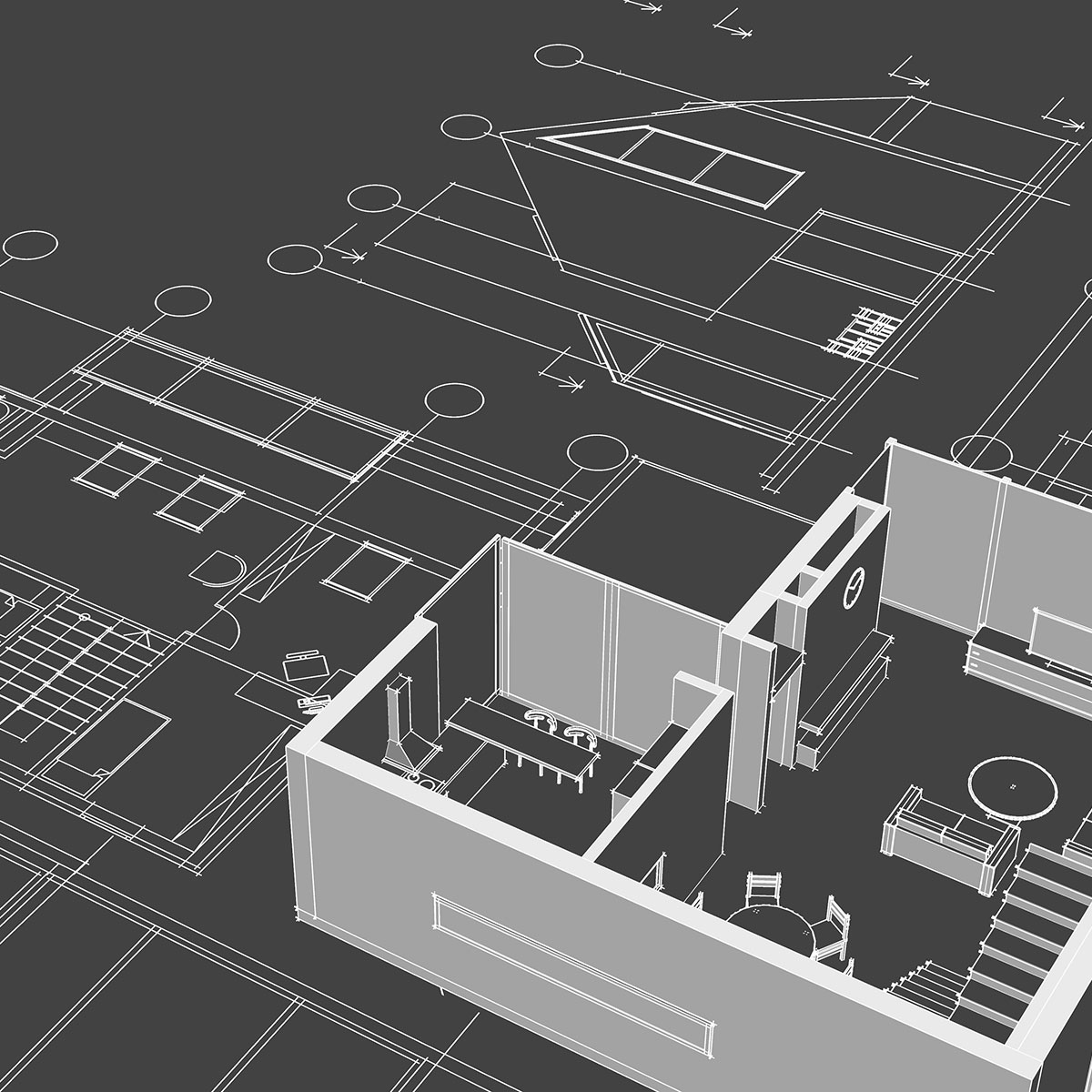Sustainable Design in Small Towns: Best Practices for Mohave County
Mohave County, known for its vast landscapes and tight-knit communities, offers unique opportunities and challenges for sustainable architecture and planning. Unlike sprawling urban centers, small towns like those in Mohave County can leverage their scale and community spirit to implement sustainable design practices that are both effective and community-focused.
At Selberg Associates, we emphasize that sustainability in small towns is not just about green building materials or energy efficiency—it’s about creating resilient, adaptable communities that honor their environment and heritage.
Here are some best practices for sustainable design tailored to Mohave County’s small-town context:
- Utilize Local Materials and Building Techniques
Sourcing local or regional materials reduces transportation emissions and supports local businesses. Incorporating traditional building techniques suited to the desert environment can enhance energy efficiency and cultural relevance. - Passive Solar Design
Mohave County’s abundant sunshine is a valuable resource. Designing buildings that maximize natural light and heat during winter and provide shading in summer reduces reliance on HVAC systems, lowering energy costs and environmental impacts. - Water Conservation Strategies
With Arizona’s arid climate, water is precious. Low-water landscaping (xeriscaping), rainwater harvesting, and water-efficient appliances are critical components of sustainable design in Mohave County communities. - Small-Scale Renewable Energy Integration
Encouraging solar panel installations on residential and commercial buildings supports energy independence and reduces the carbon footprint. Community solar programs can also allow residents to benefit from renewable energy without large upfront investments. - Enhancing Community Spaces
Sustainability extends beyond buildings. Designing public spaces that promote social interaction, active transportation, and environmental education builds community resilience and wellbeing. - Respect for Natural Ecosystems
Preserving native vegetation and wildlife corridors during planning reduces ecosystem disruption. Thoughtful site selection and land use ensure developments coexist harmoniously with the desert’s ecology.
By adopting these sustainable design principles, Mohave County’s small towns can lead by example—demonstrating that size does not limit the capacity to build environmentally responsible and socially vibrant communities.
Selberg Associates is committed to supporting Mohave County through tailored architecture and planning solutions that advance sustainability and celebrate local identity.
Stay tuned for the next post in our series: Enhancing Public Spaces in Lake Havasu City: Architecture That Builds Community.
For project inquiries or sustainability consultations, contact Selberg Associates today.




